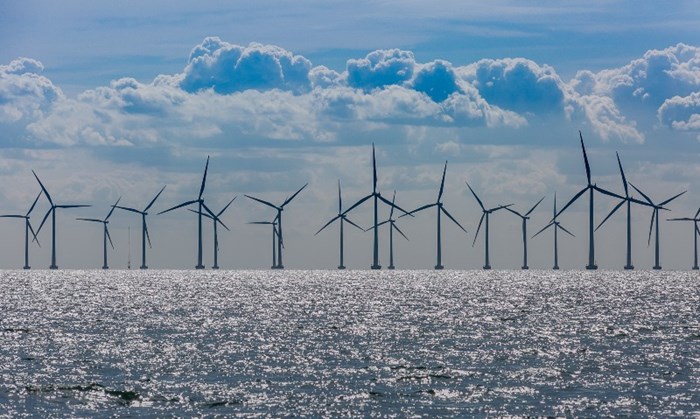Innovation under pressure: paving the way for hydrogen
Hydrogen is one of the main energy sources for a sustainable future. When burnt, it forms pure water and it’s 100% renewable and an unlimited resource. Main downside: under normal conditions, it contains little energy per litre. For compact mobile applications, it must be kept under high pressure. This puts additional demands on the mobility infrastructure.
Hydrogen does not occur in nature in its pure form (H2 gas). Yet it is omnipresent, through all kinds of chemical connections. The best known and most common is H2O: water – a compound of two hydrogen atoms and one oxygen atom. Hydrogen is extracted from water by electrolysis: if you let an electric current flow through water, the water molecules split into pure hydrogen (H2) and pure oxygen (O2). If you use fossil-free energy for this, then H2 is completely CO2-free.
Low energy, high pressure
“The thing with H2 is that it's very volatile,” says Daan ten Have, one of Kiwa's energy specialists. “At room temperature and normal air pressure, one bar, it contains very little energy per litre: only 11 kilojoules (kJ). For comparison, a litre of petrol contains 30,000kJ.” That changes when you compress H2 considerably. Ten Have: “If you double the pressure, the number of gas molecules per litre doubles and so does the calorific (energy) value. That trick has been used successfully for years – for example, with CNG, which is also stored and transported in compressed form. The big difference is the amount of the pressure. Whereas with CNG 260 bar is enough, H2 needs as much as 700 bar – 700 times the normal air pressure of the atmosphere on the earth's surface. To give you an idea, that’s about 300 times more than the air pressure in a car tyre. At that pressure, H2 achieves an energy density of close to 9,000kJ/l.”

Daan ten Have, commercial manager Alternative Fuels & Consumer Products at Kiwa Netherlands, at the Kiwa hydrogen test lab in Apeldoorn, The Netherlands.
Twice as high, three times harder
Such high pressure places strict requirements on all components in the entire logistic chain, from generation and storage to transport and consumption. Ten Have: “From 350 to 700 bar – that's twice as high, but at least three times as difficult. Every pipe, every connection, every tap and every valve must be able to withstand exceptionally high forces and the influences of the H2 gas, which can deteriorate rubber seals. For the sake of safety, H2 systems for mobile applications must also have a considerable safety margin: they must withstand at least 1.5 times the operating pressure of 700 bar.”
Robust H2 infrastructure
Worldwide, companies, universities and materials experts are working hard to develop components for a robust H2 infrastructure and checking whether and how current gas infrastructure is suitable. Kiwa's technical experts help with this. They play a leading role in the development, testing and certification of materials, components and processes. They do this on behalf of companies and governments worldwide, and on their own initiative.
A recent example of such an initiative is the construction and kitting out of a working ‘Hydrogen House’. Kiwa's Sjoerd Delnooz, expert in the field of energy transition, tells: “This is a simulated 'family home' that can be switched from natural gas supply to hydrogen for central heating, hot water supply and cooking. Our consultants test new techniques in practice via pilot projects and the house is also a perfect practice object for a new generation of hydrogen installers and mechanics.” In this way, Kiwa contributes to practice-oriented knowledge development, innovation and the introduction of sustainable clean techniques. For a healthy, fossil-free and clean future.
The Kiwa en Alliander Hydrogen House
In Apeldoorn, The Netherlands, Kiwa and network company Alliander have built the first Hydrogen demo house together. The house is used as a training location for mechanics, so that they can learn how to make the current supply of natural gas suitable for hydrogen in residential areas. Also, interested parties can learn here what it takes to apply hydrogen in the built environment. Check the Kiwa Netherlands website for more information.




